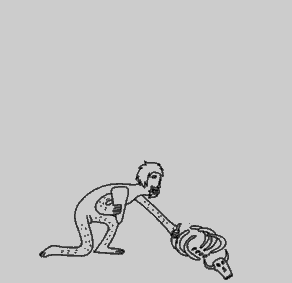“Our whole metaphysical tradition, Christian and other, maintains that “there are two in us,” this man and the Man in this man; and that this is so is still a part and parcel of our spoken language in which, for example, the expression “self-control” implies that there is one that controls and another subject to control, for we know that “nothing acts upon itself,” though we forget it when we talk about “self-government.” Of these two “selves,” outer and inner man, psycho-physical “personality” and very Person, the human composite of body, soul, and spirit is built up. Of these two, on the one hand body-and-soul (or –mind), and on the other, spirit, one is mutable and mortal, the other constant and immortal; one “becomes,” the other “is,” and the existence of the one that is not, but becomes, is precisely a “personification” or “postulation,” since we cannot say of anything that never remains the same that “it is.” And however necessary it may be to say “I” and “mine” for the practical purposes of everyday life, our Ego in fact is nothing but a name for what is really only a sequence of observed behaviors.”
Ananda K. Coomaraswamy / “Who is ‘Satan’ and Where is ‘Hell’?”
New York Public Library
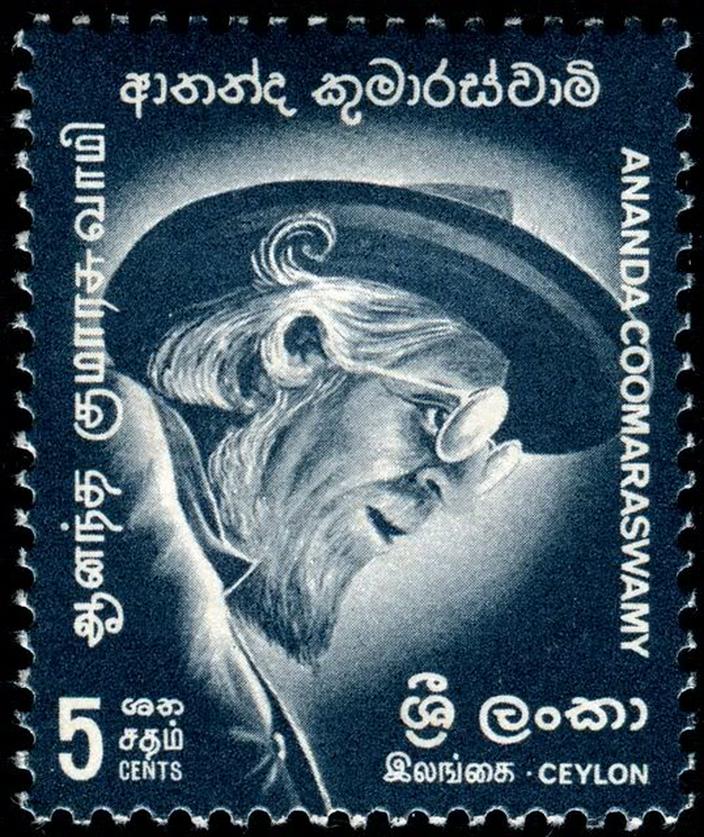
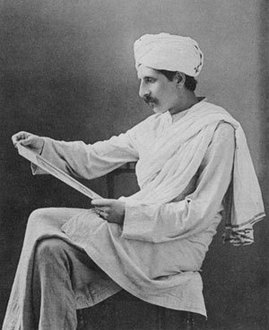
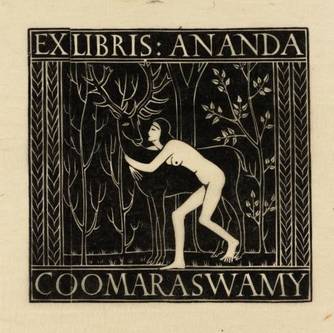
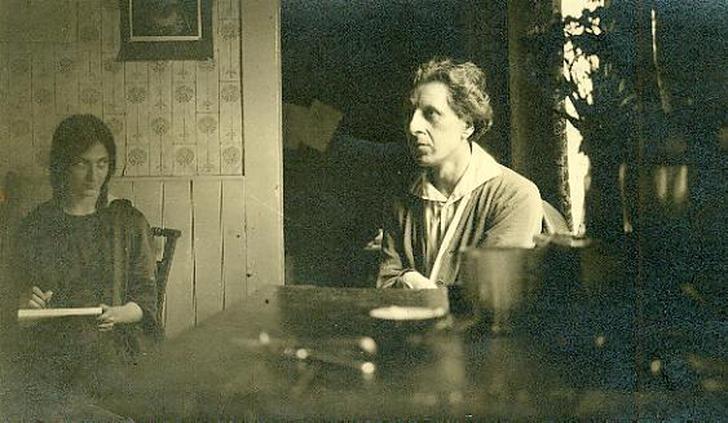
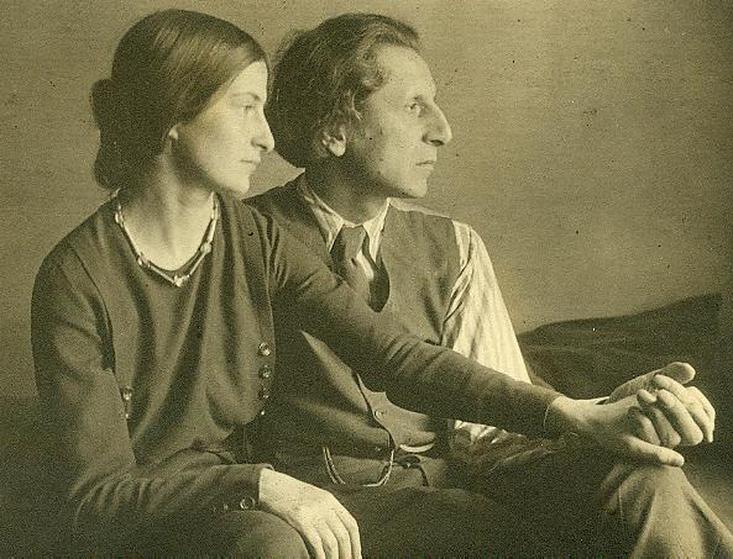
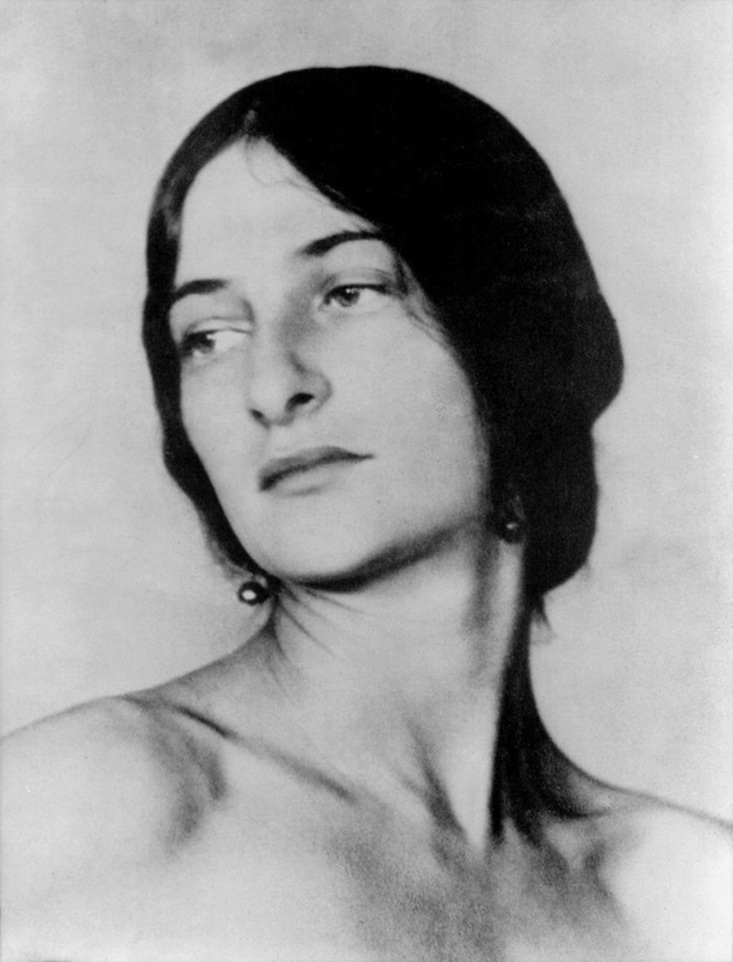
 RSS Feed
RSS Feed

